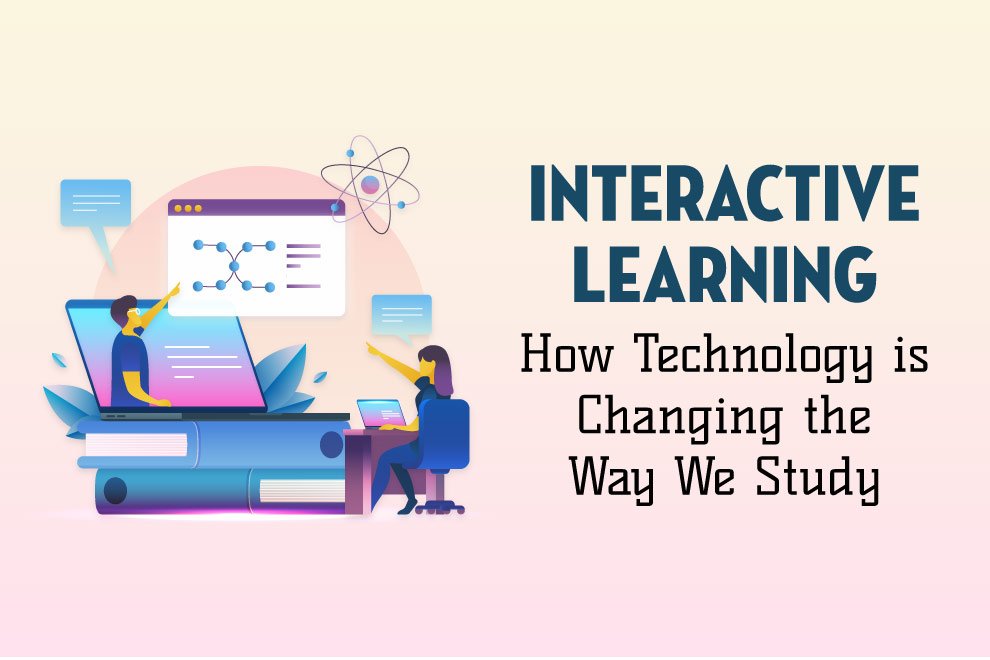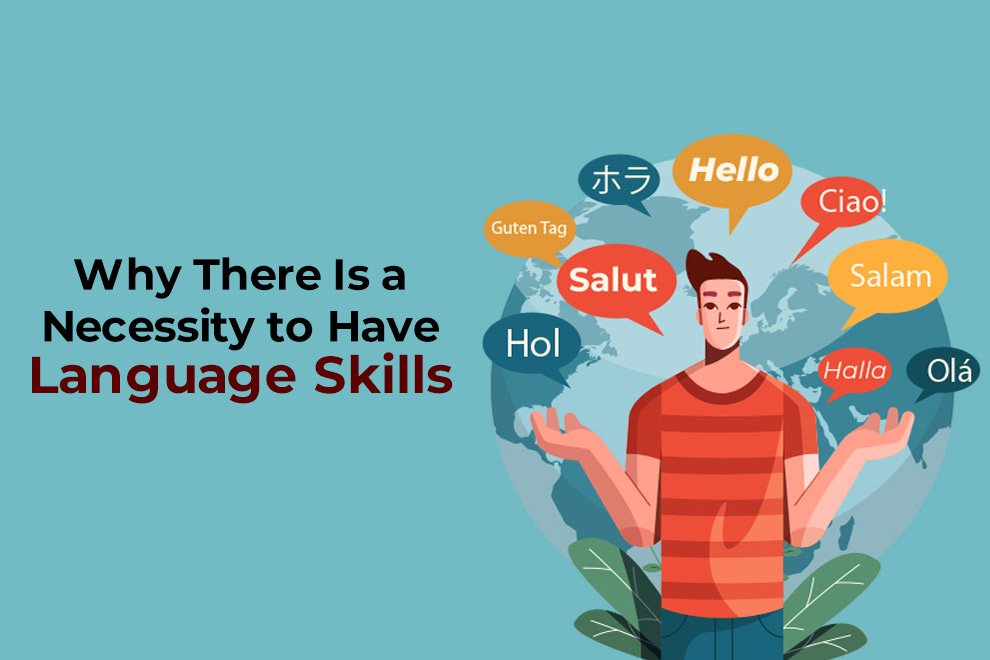Interactive learning is revolutionizing the educational experience, transforming how you acquire knowledge and skills. This dynamic approach goes beyond traditional teaching methods, actively involving you in the learning process. With interactive learning, education becomes more engaging and effective, as it caters to various learning styles and preferences. This method makes learning more enjoyable and enhances students’ ability to retain and apply information.
The core of interactive learning lies in its ability to stimulate your curiosity and critical thinking. Incorporating interactive elements such as quizzes, discussions, and hands-on projects encourages students to delve deeper into subjects, creating a more profound understanding. This approach also allows for immediate feedback, enabling you to assess their progress and identify areas for improvement. As a result, your student’s learning experience is tailored to their individual needs, making education more personalized and impactful.
Virtual Classrooms Can Bridge the Distance
Virtual classrooms are transforming the landscape of education, making learning accessible regardless of location. This innovative approach connects you with educators and peers worldwide, breaking down geographical barriers. With virtual classrooms, your teaching environment is no longer confined to the traditional classroom setting. Instead, it extends to wherever students have internet access, offering flexibility and convenience.
The technology behind virtual classrooms is designed to create an interactive and collaborative learning experience. Features like live video conferencing shared digital whiteboards, and real-time quizzes replicate the dynamics of a physical classroom. These tools not only facilitate effective communication and interaction but also ensure that student’s learning experience is engaging and interactive. They can participate in discussions, work on group projects, and receive immediate feedback, just as they would in a face-to-face setting.
Virtual classrooms provide you with a wealth of resources at student’s fingertips. From online libraries and educational videos to interactive modules and forums, the range of materials available enhances the learning experience. This abundance of resources ensures that students have access to diverse perspectives and the latest information in their field of study. Virtual classrooms are not just about convenience; they are about enriching the educational journey with a world of knowledge and opportunities for connection.
The Role of Technology in Modernizing Educational Content
Technology is reshaping the way educational content is delivered, making it more interactive and engaging for you. One of the standout innovations in this field is the use of digital interactive flipbooks. These flipbooks transform traditional text into an engaging, interactive experience, making your teaching process more dynamic and enjoyable. With features like embedded videos, links, and animations, flipbooks turn static content into a rich multimedia journey. This not only enhances understanding but also makes the learning process more appealing.
The integration of flipbooks into educational content is a testament to how technology can enrich the learning experience for students. For instance, a digital interactive flipbook can take a standard PDF and elevate it into an interactive publication. This technology is particularly useful in subjects where visual learning is key. Imagine studying a complex concept with the aid of interactive diagrams and explanatory videos, all within the pages of a flipbook. This level of interactivity not only aids in comprehension but also caters to different learning styles, making education more inclusive.
The use of flipbooks in education reflects a broader trend toward digitalization in learning materials. As you engage with these flipbooks, you’re not just absorbing information; you’re experiencing it. This shift towards interactive and multimedia content is crucial in preparing you for a digital-first world. It’s not just about reading or watching; it’s about interacting and engaging with study materials in a way that resonates with digital fluency.
The Gamification of Education
Gamification in education is a powerful tool that transforms learning experiences by incorporating game elements into educational activities. This innovative approach makes learning more engaging and motivating, especially in a world where digital interaction is a significant part of daily life. By integrating elements like points, badges, and leaderboards into educational content, gamification turns learning into a more interactive and enjoyable experience. This not only captures student’s attention but also encourages a deeper involvement in the learning process.
The beauty of gamification lies in its ability to make complex or mundane subjects more accessible and fun. For example, a challenging topic in mathematics or a dense historical subject can become more appealing when presented as a game. This approach helps in breaking down complex information into manageable parts, making it easier for students to grasp and retain knowledge. The competitive aspect of games can spur their motivation and drive them to engage more deeply with the material.
Gamification supports a variety of learning styles. Whether you are a visual learner, an auditory learner, or a kinesthetic learner, game-based learning offers diverse ways to interact with educational content. This inclusivity ensures that students, regardless of their preferred learning style, can benefit from an enriched educational experience. Gamification in education is not just about playing games; it’s about creating an immersive learning environment that aligns with student’s interests and learning preferences.
Creating Data-Driven Education Using Analytics
Data-driven education and analytics are reshaping how educational success is measured and achieved, offering you a more personalized learning experience. In this era of digital learning, vast amounts of data are generated through student’s interactions with online learning platforms. This data, when analyzed, provides valuable insights into their learning patterns, strengths, and areas needing improvement. By leveraging these insights, educators can tailor their teaching methods and materials to better suit student’s individual learning needs.
The use of analytics in education goes beyond just tracking student performance. It also involves understanding how you engage with different types of content and learning environments. For instance, data can reveal whether you learn better through visual aids, interactive sessions, or traditional reading materials. This level of understanding allows for the optimization of educational content and teaching strategies, ensuring that they align with students’ unique learning styles. As a result, they are more likely to stay engaged and motivated throughout their educational journey.
Data analytics in education paves the way for predictive modeling. This involves using historical data to predict future learning outcomes, helping educators identify potential challenges students might face and intervene early. It’s a proactive approach that enhances their learning experience, ensuring that they receive the support they need before encountering difficulties. In essence, data-driven education is about using technology to understand and enhance your student’s learning journey, making it more efficient, effective, and tailored to their individual needs.
As technology continues to evolve, so does the landscape of education. The integration of digital tools and innovative teaching methods is not just a trend; it’s a significant shift in how you receive and engage with information. From virtual classrooms to gamified learning experiences, these advancements are making education more accessible, interactive, and tailored to individual needs. The journey through interactive learning is an exciting one, filled with opportunities to explore and grow.
The role of data analytics in education cannot be overstated. It provides a deeper understanding of learning habits, enabling educators to create content that resonates with unique learning styles. This personalized approach ensures that the educational experience is effective and enjoyable. As you teach using various digital tools and platforms, remember that each one is designed to enhance the learning experience, preparing students for an increasingly digital future.
The transformation of education through technology is a powerful testament to the possibilities of the digital age. The educational journey is now more dynamic, interactive, and customized than ever before. As you continue to teach, and learn, embrace these technological advancements. They are key to unlocking the full potential of your students in this ever-changing world.
ALSO READ: Exploring the Benefits of Technology in Education for Students and Parents










